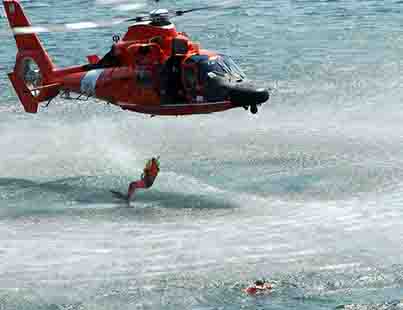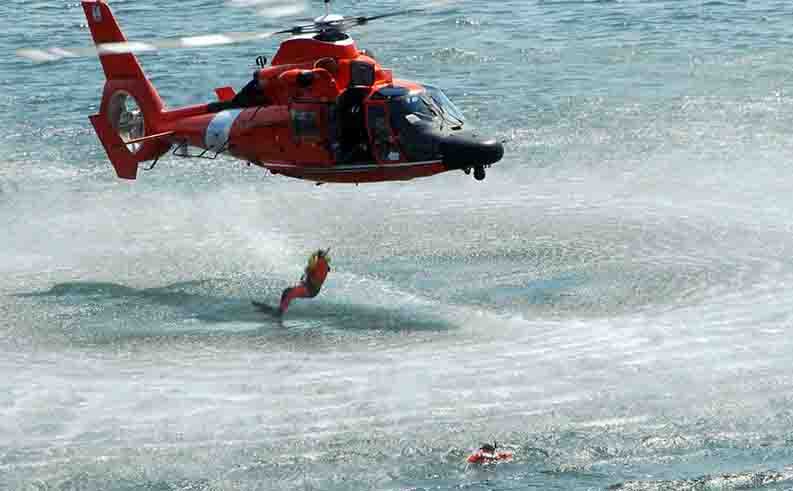

The United States Coast Guard has primary responsibility for maritime search and rescue cases in coastal areas and national waters. Working closely with other federal, state and local agencies, the Coast Guard assists commercial and recreational users when they experience distress on the water. The Coast Guard's Seventh District Command Center in Miami, Fla., assists local units and agencies in locating missing boaters.
"Let someone reliable know your plan, and when they should be concerned or call for help," said Bruce Wright, the boating safety program manager for the Seventh District. He emphasizes the importance of establishing good float plans any time you go out on or in the water. "Planning your trip and sticking with that plan helps your chances of recovery when the unexpected happens," said Wright. "It gives those looking for you the best place to start and improves your chances of recovery."
There are several important pieces of information that should be included in a float plan.
"We use an Initial SAR Checklist to gather as much information about the case as possible and focus our response," said Connett. "Knowing where the person was last seen, the time they were last seen and the gear that they have allows us to focus the search."
In order to narrow down the search, the SAR coordinator needs to know specific information including:
When a call comes in to assist with a search case, the investigative work begins. Boat and aircraft crews are standing by to assist, but are called out into the field only when as much information as possible is gathered. Often, other mariners in the area are asked to assist with the search before Coast Guard assets can arrive on scene. Having someone on scene to assist with this information saves essential time and may be the difference in finding a missing person.
One of the primary considerations in planning a search is the missing person's conditions and readiness for the unexpected. "When we receive a call to assist with a person in the water, we go through a checklist of items that will help us identify where to begin the search," said Connett. "Knowing where to search is key to improving the chance of a successful rescue."
Once the Coast Guard gathers enough information, search and rescue units are notified and the information is entered into "SAR Ops" software. SAR Ops helps determine where the tides, currents and waves may take a person, which influences where to send assistance and begin the search.
Using the information provided by the reporting source, the Coast Guard works with other agencies and mariners to begin the search. Broadcast calls are made requesting boaters or commercial traffic in the area to be on the lookout for persons in the water, and rescue boats or aircraft are launched by available agencies.
The starting point and pattern followed on a search can vary greatly depending on the location, currents in the area and weather. Enclosed rivers and coastlines normally start with a shoreline search, and off-shore searches require different patterns. Sea states and wave actions also affect the type of search pattern as well as the craft that may used to conduct the search.
Successful searches are usually the result of good information left with a responsible person as well as timely, accurate reporting once an overdue or missing person is noticed. Once located, it is essential to communicate with all concerned so that valuable resources can be readied for the next case.